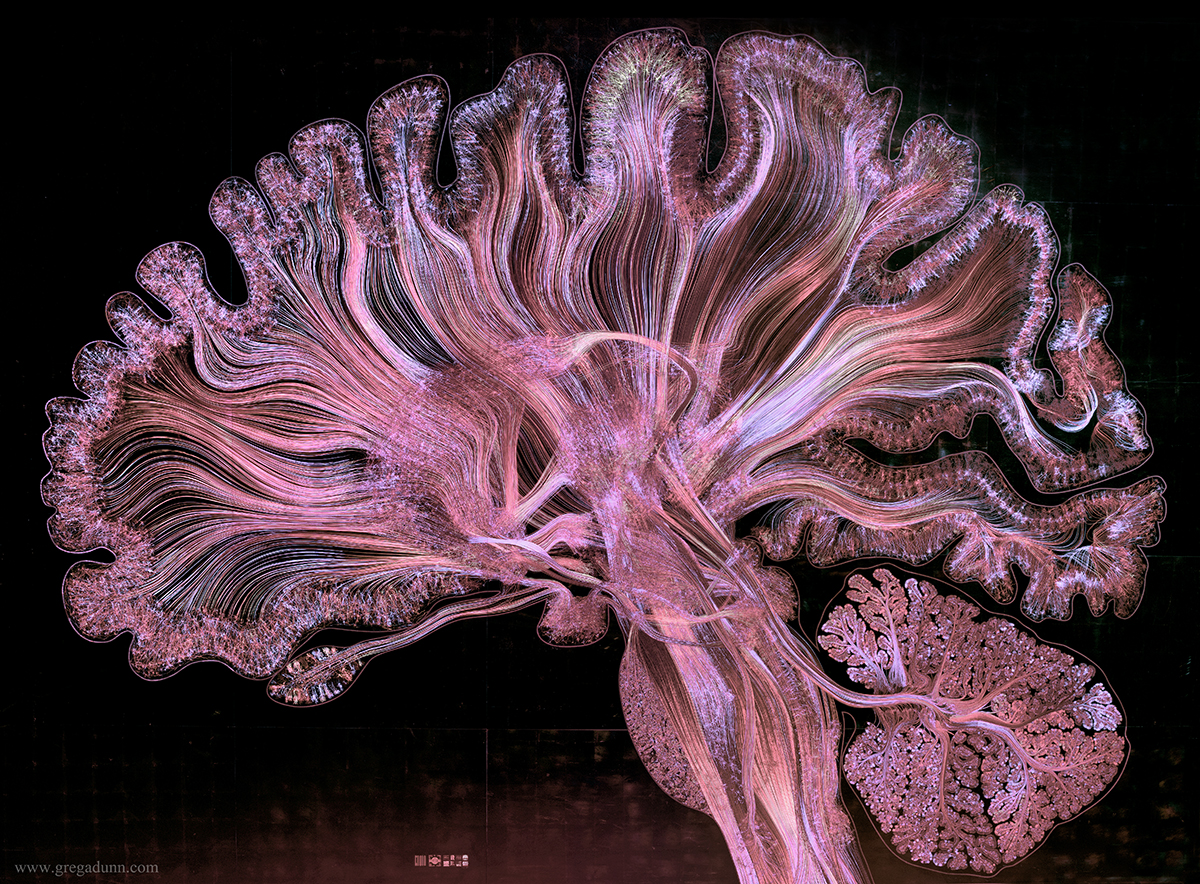Greg Dunn is a remarkable artist whose creative journey seamlessly illuminates the profound beauty of the brain and nervous system.
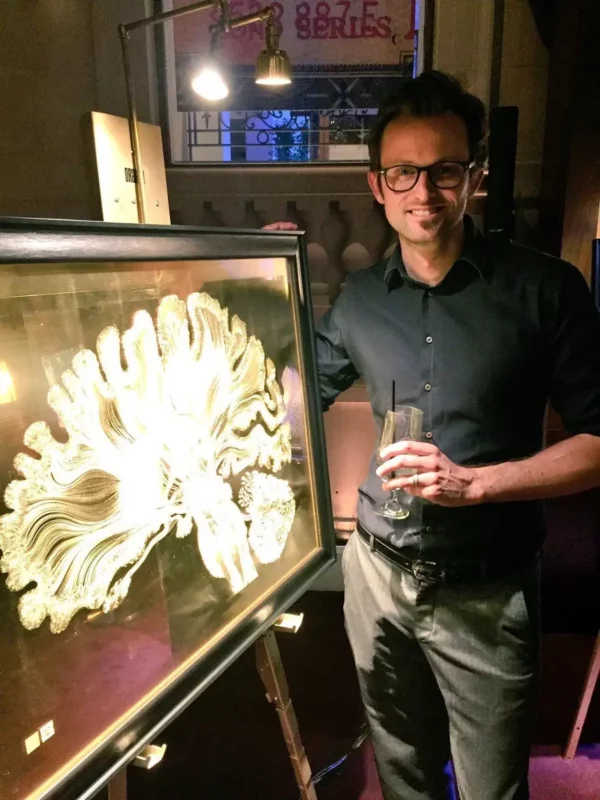
From his earliest artistic experiments, Dunn, who also holds a PhD in Neuroscience, found that neural forms possessed an innate connection with the aesthetic principles found in minimalist Chinese and Japanese sumi-e scroll and gold leaf painting. This revelation began guiding him toward a unique artistic path.
His work is a brilliant fusion of art and science, a marriage between his deep knowledge of neuroscience, physics, and biology, and his artistic genius. Every stroke of his brush and every choice of technique is infused with a profound understanding of the subject matter, resulting in visual masterpieces that capture the essence of neural beauty.
Dunn also pioneered a groundbreaking technique known as reflective microetching. This revolutionary process allows him to have animated, dynamic control over imagery and color, bringing life and vibrancy to reflective gold surfaces.
Dunn brought the reflective microetching technique to a collaboration with Dr. Brian Edwards, a fellow artist and electrical engineer at the University of Pennsylvania. Together, they created a monumental artwork titled “Self Reflected.” Measuring an impressive three meters by four meters, it stands as the most complex and detailed artistic portrayal of the human brain in the world. A smaller version of this piece is on exhibtiion.
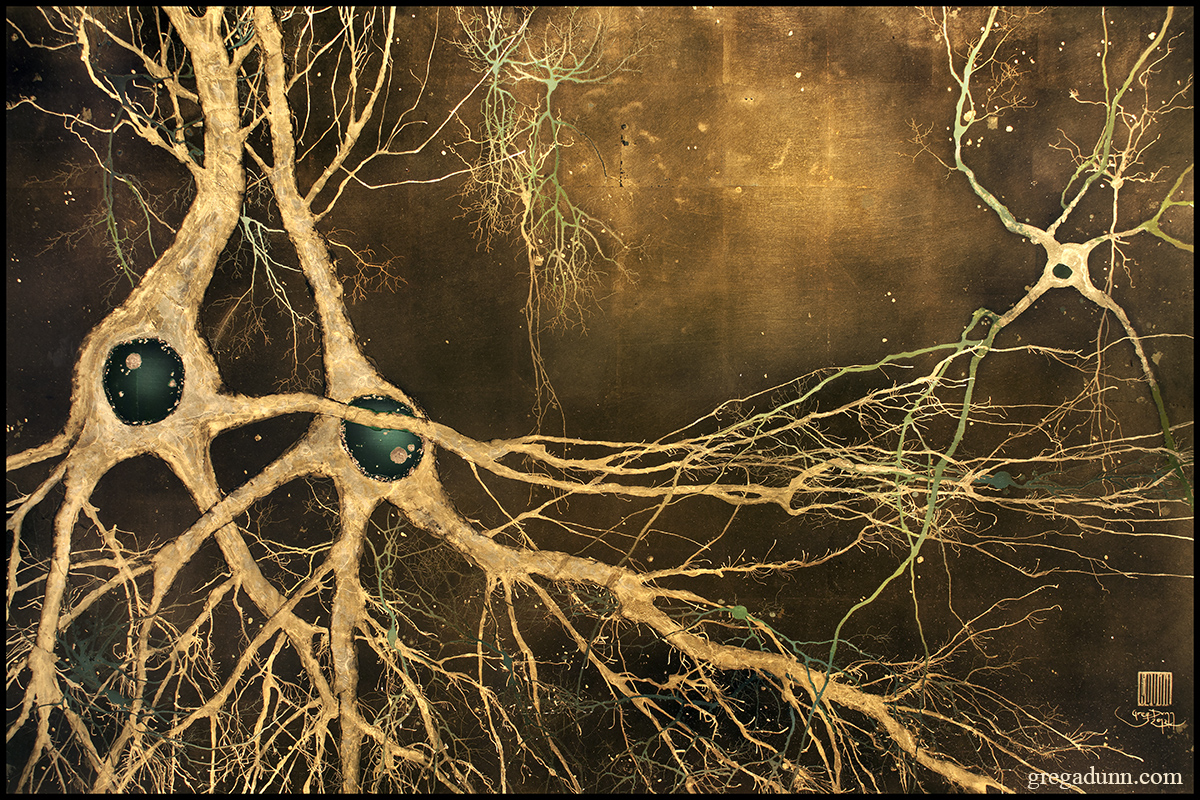
The Interview
Q: How would you describe your art and its purpose?
Dunn: “My nontraditional path to art through a doctorate in neuroscience arms me with an outsider’s perspective and gives me the freedom to introduce imagery and concepts derived from a different world than is traditionally encountered in fine art. My work is neonaturalist, an expansion of art based on natural form through addressing scientific advancements that have allowed humans to perceive the universe beyond our senses. Neonaturalism fuses the worlds of concept and aesthetics, chaos and order, art and data.”
Q: Your work combines neuroscience and art in a truly unique way. Can you share the story of how you first became inspired to merge these two seemingly disparate fields, and what drives you to continue exploring this intersection?
Dunn: “I’ve always had a strong interest in both subjects, but it wasn’t until life became more crunched for time that I figured out a way to merge them together in a satisfying way. Both art and science are fundamentally creative and observational processes, the main difference is whether you are observing internally or externally for inspiration. They really are more alike than they are different, and I wanted to figure out a way to fuse them on a deep level to say something meaningful about both worlds. Beauty pervades all corners of the universe, and its pursuit and celebration shouldn’t be relegated to only those places that are accessible to our unaided senses.”
Q: Your art often explores themes of consciousness and the brain’s inner workings. How do you believe your artwork contributes to a broader understanding of these complex subjects, and what kind of impact do you hope your pieces have on viewers, both scientifically and emotionally?
Dunn: “Though much of my work is painstakingly anatomically accurate, having it used as an atlas is more of a side effect rather than the ultimate intention. My main goal is to create striking images that inspire the imagination and help the viewer to develop an intuitive understanding of the vastness and complexity of our most precious organ. We all learn best when our emotions are involved, so working with new techniques and with image compositions that activate our emotions are a good way to create interest in the subject matter of the brain.”
Q: Many artists draw inspiration from various sources. Could you share some of the artists, scientists, or historical figures who have influenced your work, and how their contributions have shaped your artistic style and perspective?
Dunn: “As always there are too many to mention, but I would say broadly speaking that the periods in history that are the most exciting to me are those in which disparate cultures shared ideas for the first time that led to an explosion of new creative ideas. Certainly the Art Nouveau movement is a key influence on me when European art finally took a breath of fresh air from the aesthetics and influences of Japan, making room for more negative space and striking, asymmetric composition. Gustav Klimt is a particularly influential figure for me there.”
You can learn more about Greg Dunn and his art by visiting his website: gregadunn.com.
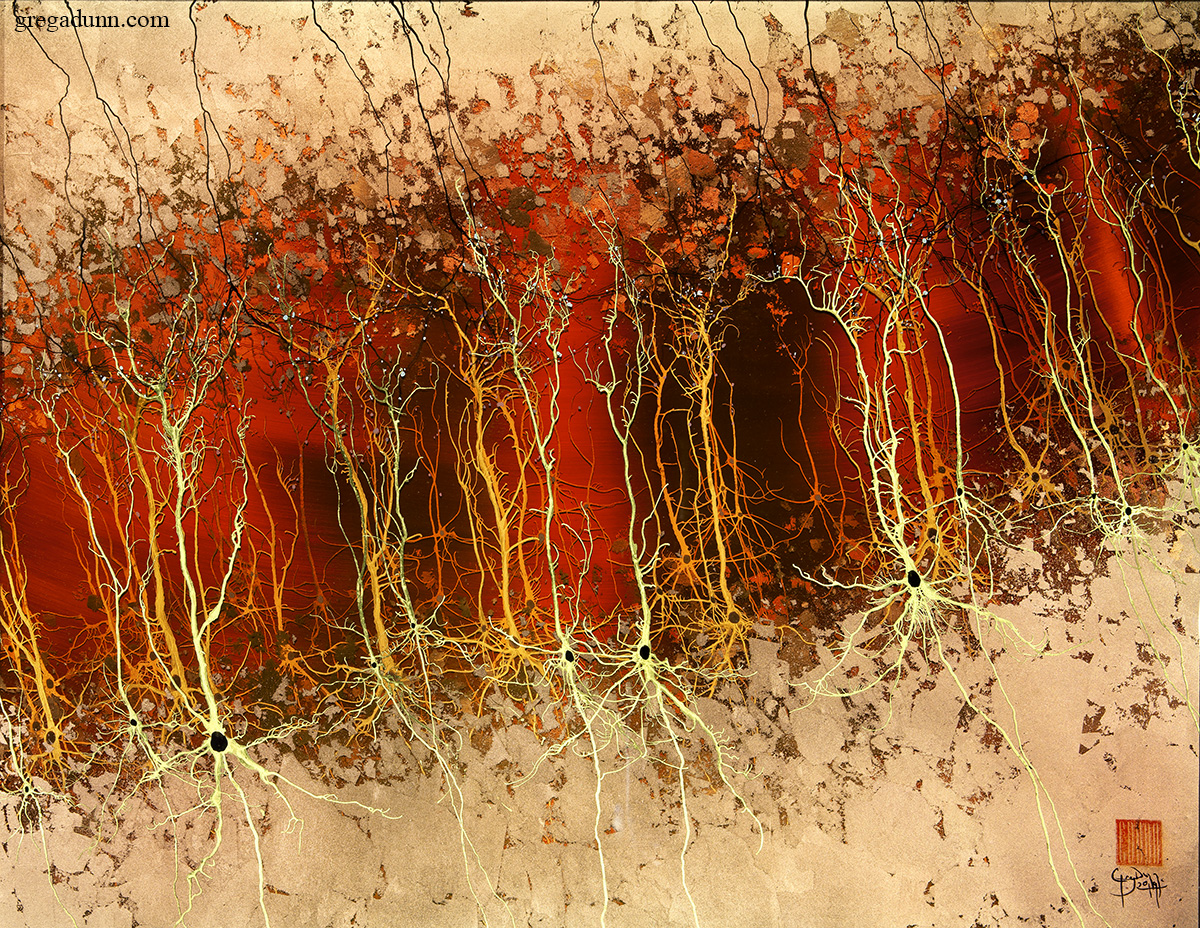
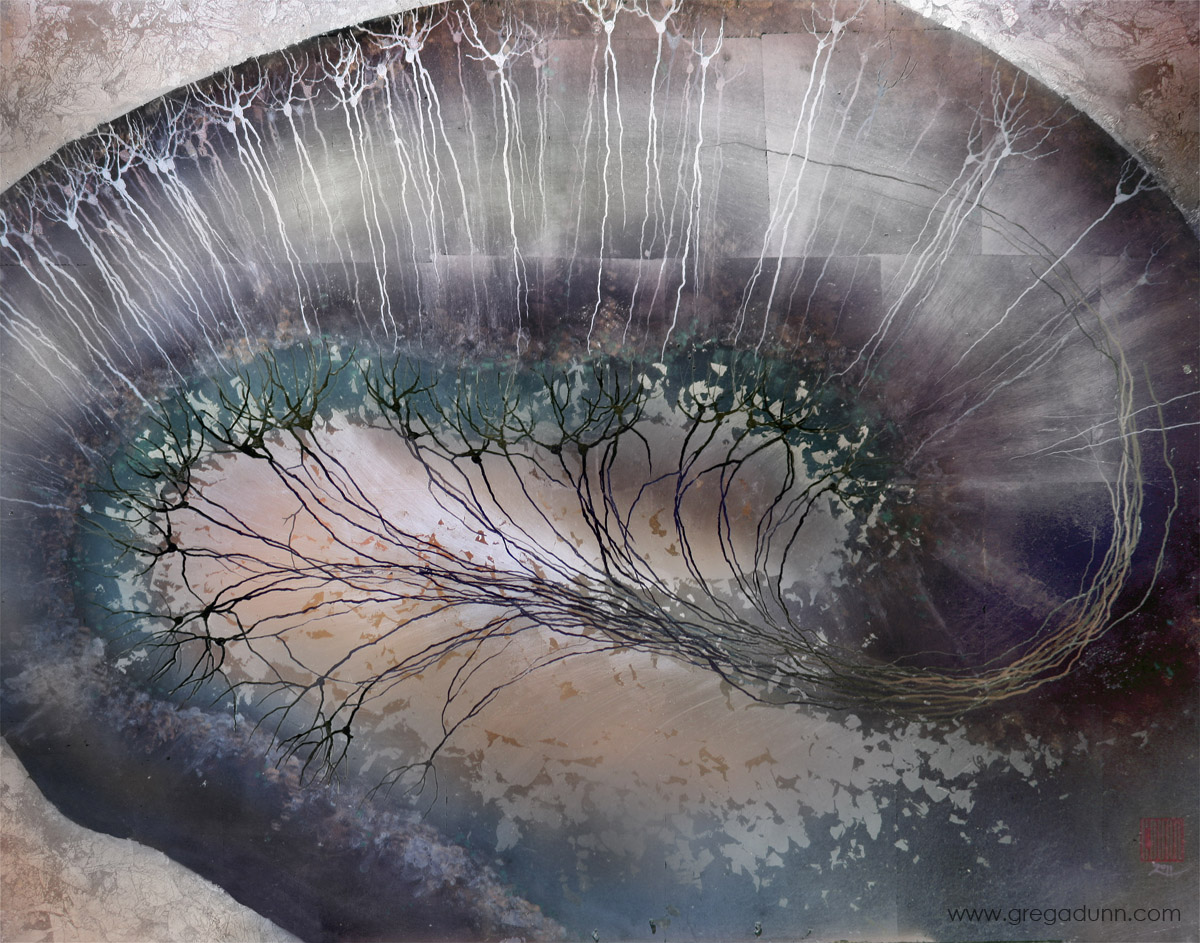

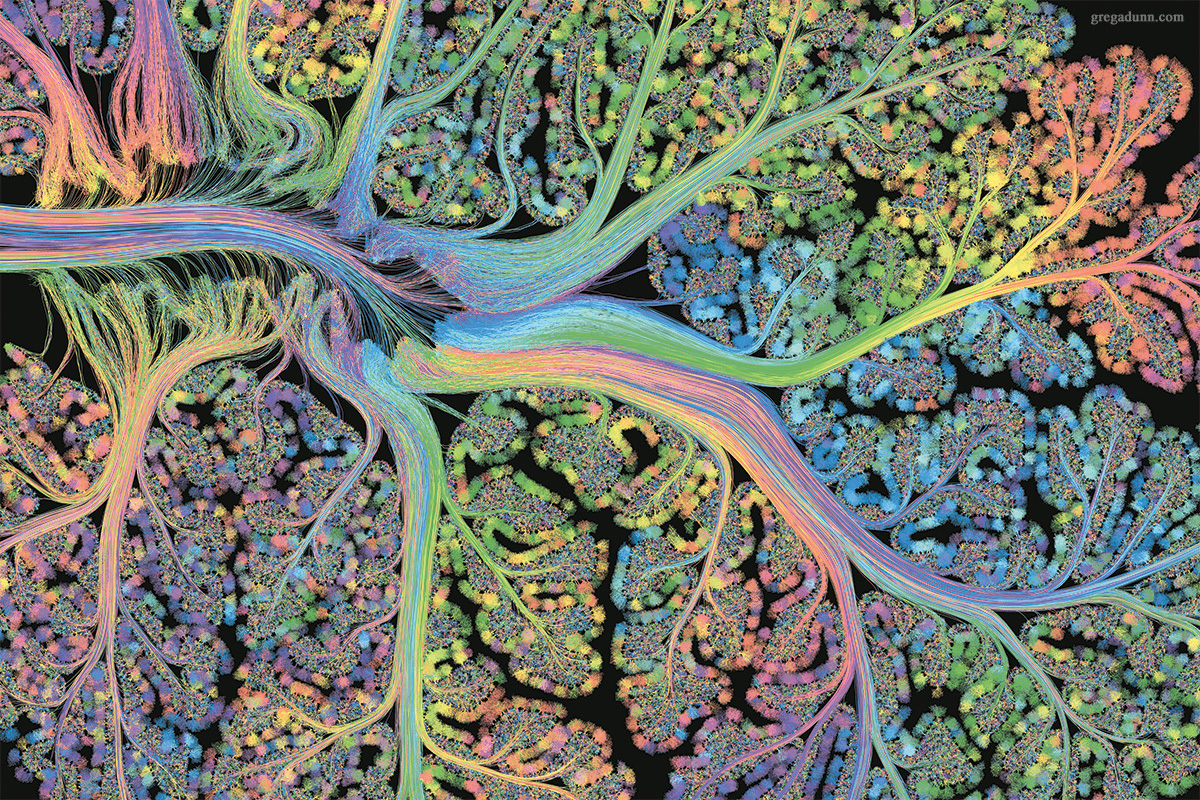
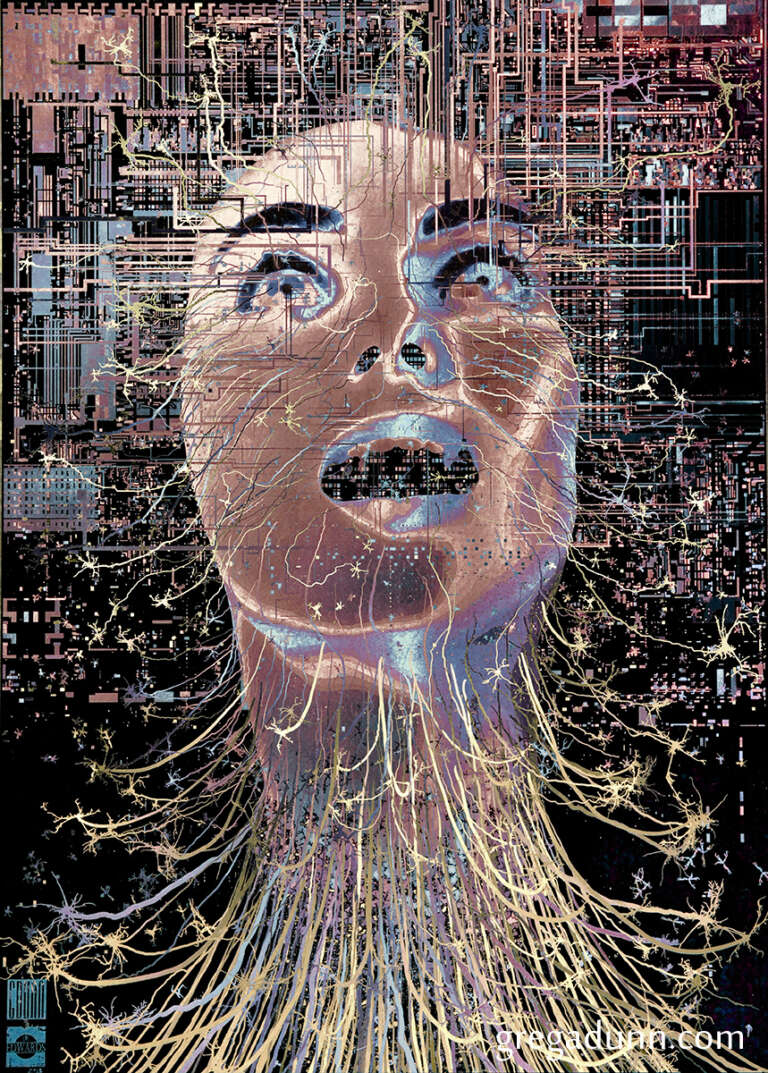

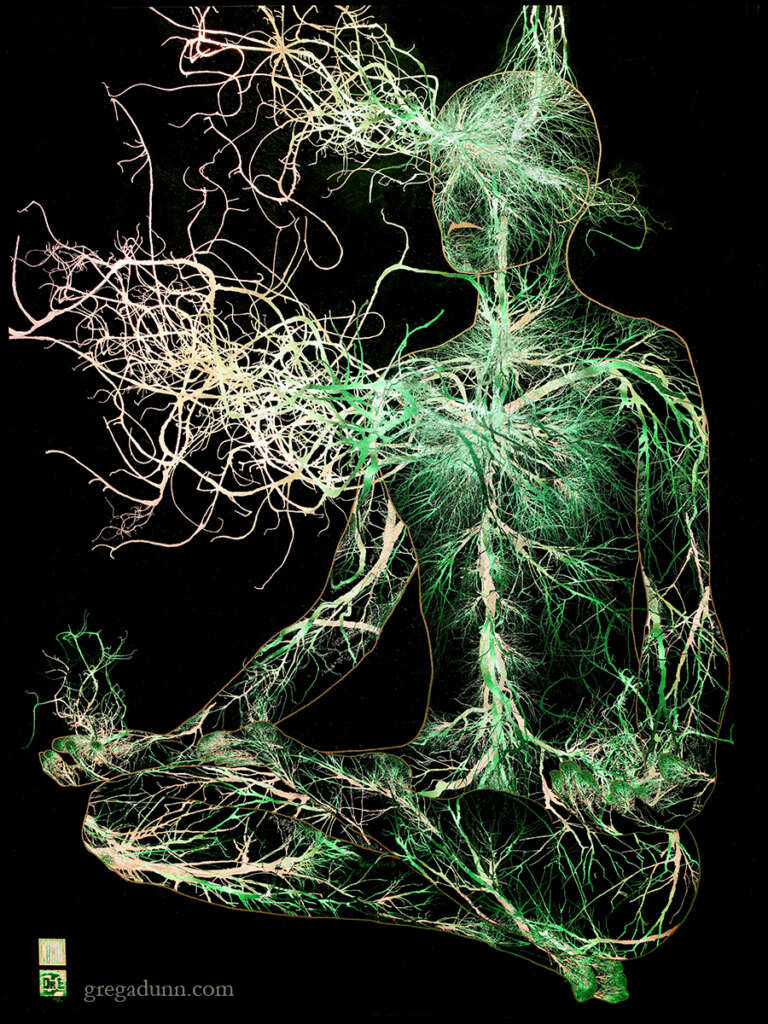
*All images are © 2023 Greg Dunn, unless otherwise stated.
Disclaimer: The views and opinions expressed in this interview are those of the interviewees and do not necessarily reflect the views or positions of Public Health Landscape or Valent BioSciences, LLC.
